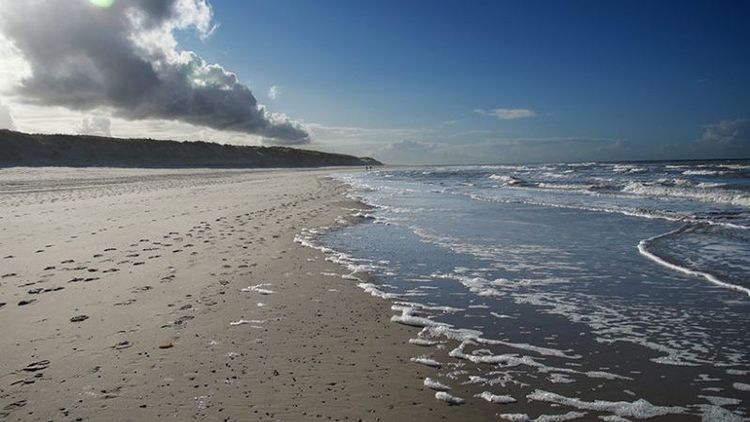New study on seasonal changes of nutrients and trace elements in a sandy beach
A team of scientists around ICBM doctoral candidate Janis Ahrens and inorganic geochemist Prof. Dr. Hans-Jürgen Brumsack together with colleagues from the Bremen Max Planck Institute for Marine Microbiology and the Marum Centre for Marine Environmental Sciences assessed the availability of nutrients as well as trace metals and oxygen at a sandy beach.
In the recent publication in the Journal of Geophysical Research – Biogeosciences, the researchers reported pronounced seasonal changes in the concentrations of O2, nitrite, nitrate, ammonium as well as manganese and iron at the sandy beach of the German island of Spiekeroog.
According to the study, the Spiekeroog beach in winter and early spring forms a sink for nitrogen, whereas in summer it changes to an important source of nitrogen for blooming microalgae in the coastal seas: bacteria degrade the remains of the algae of the preceding year and thus fertilize the marine water with ammonium, iron and manganese, amongst others. The highest effluxes were observed in August. Due to the degrading activities of the bacteria, oxygen concentrations in the pore water of the beach sands fell to a minimum in August.
Sandy beaches facing the open sea and exposed to the full energy of surging waves are referred to as high energy sandy beaches. As the authors of the recent study point out, biogeochemistry of these beaches has received as yet only minor attention. Because of the wide global distribution of these beaches, scientists should take into account their role with regard to e.g. the balances of nutrient and trace metal fluxes in future studies
This investigation is part of the joint project BIME (Barrier Island Mass Effect)
Summary (AGU Research Spotlight)



![[Translate to English:]](/f/5/_processed_/3/2/csm_ICBM-Logo-transparent-_91fe1c6774.png)
